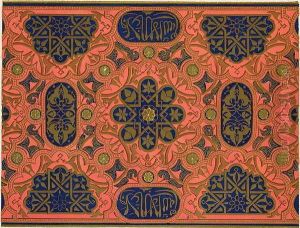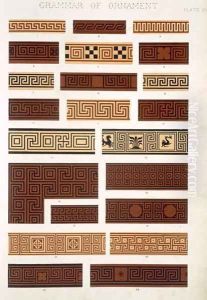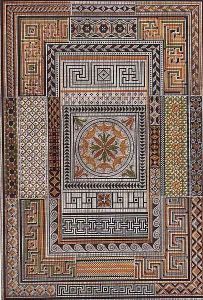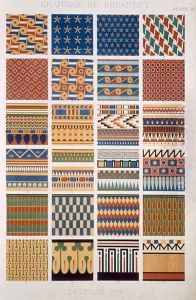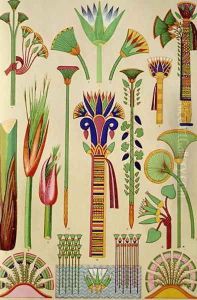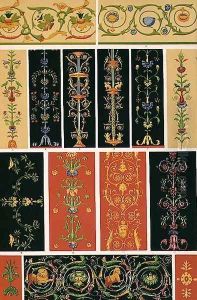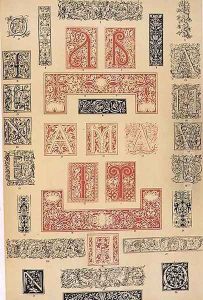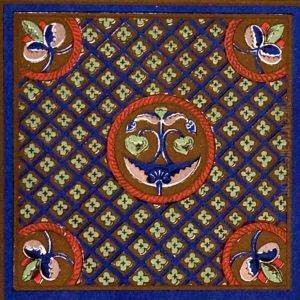Owen Jones Paintings
Owen Jones was a versatile and influential British architect, decorative artist, and designer, particularly remembered for his contribution to the field of ornamental design and for his role in the Victorian design reform movement. He was born on February 15, 1809, in London, England, to a successful Welsh furrier and his wife. Jones was educated at the Royal Academy Schools where he initially trained as an architect.
Jones is best known for his landmark work, 'The Grammar of Ornament' (1856), which became a pivotal resource in the study of design and ornament. In this comprehensive design treatise, he compiled and illustrated a wide array of decorative styles from different cultures and historical periods, emphasizing the importance of color and geometry in design principles. This work profoundly influenced the aesthetics of the Arts and Crafts Movement and subsequent design philosophies.
His architectural achievements include the design of the interiors for the Crystal Palace for the Great Exhibition of 1851 in London. Jones’s work on the Crystal Palace showcased his innovative use of color and his understanding of modular construction. He was also involved in the planning and design of the South Kensington Museum, now known as the Victoria and Albert Museum.
Throughout his career, Jones was a proponent of design education and advocated for the professionalization of design practice. He held a position as a Superintendent of Works for the 1851 Great Exhibition and was a key figure in the establishment of government schools of design, which later evolved into the Royal College of Art.
Jones's influence extended beyond his own projects. He was a pivotal figure in the 19th-century design reform movement, which sought to improve the standards of decorative arts and ensure that good design was accessible to all. His principles of design and ornament continue to be taught and remain relevant in the fields of architecture and design.
Owen Jones passed away on April 19, 1874, in London. His legacy survives through his contributions to design theory and education, as well as through his published works and the buildings he helped design and decorate.
















